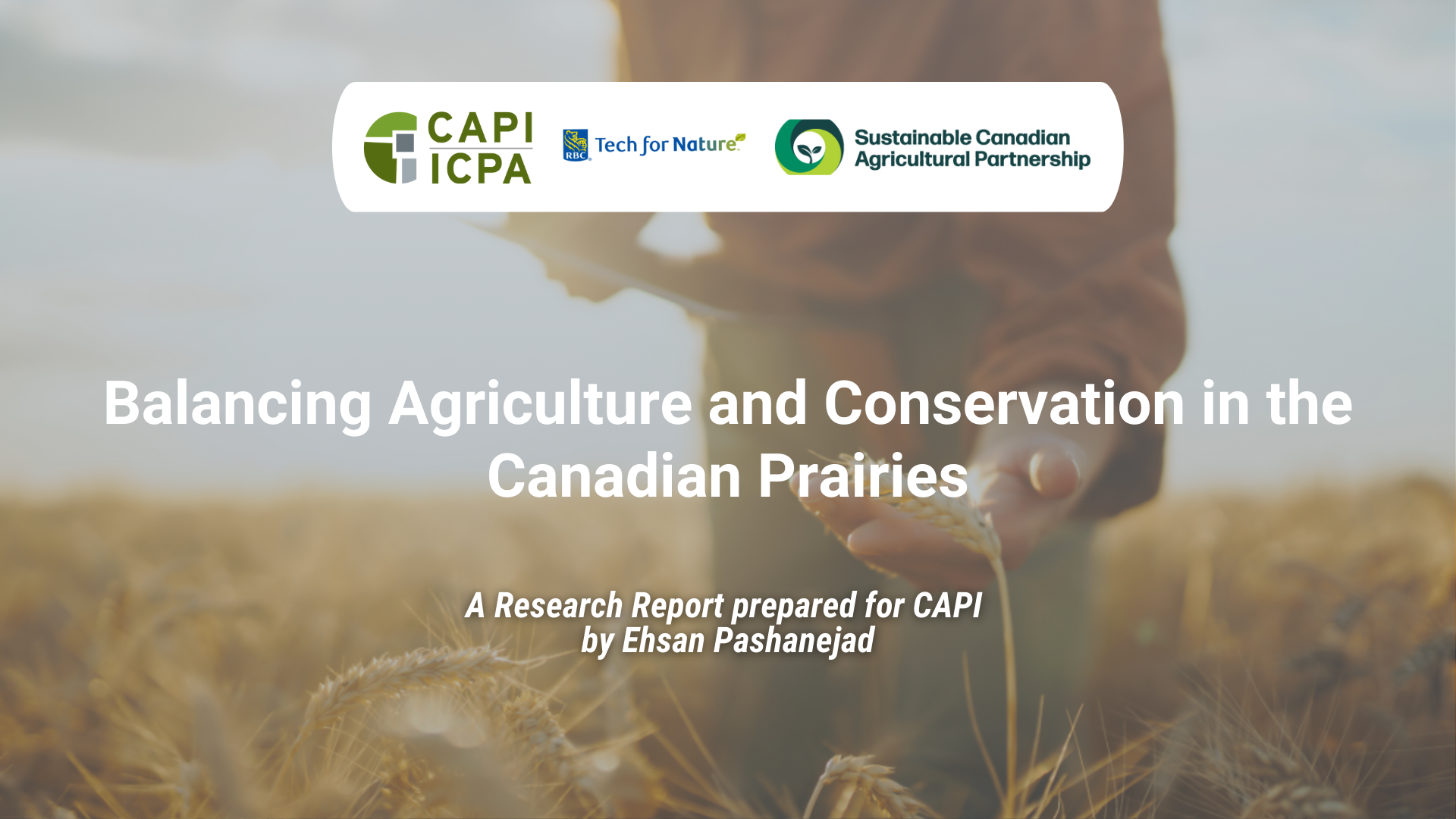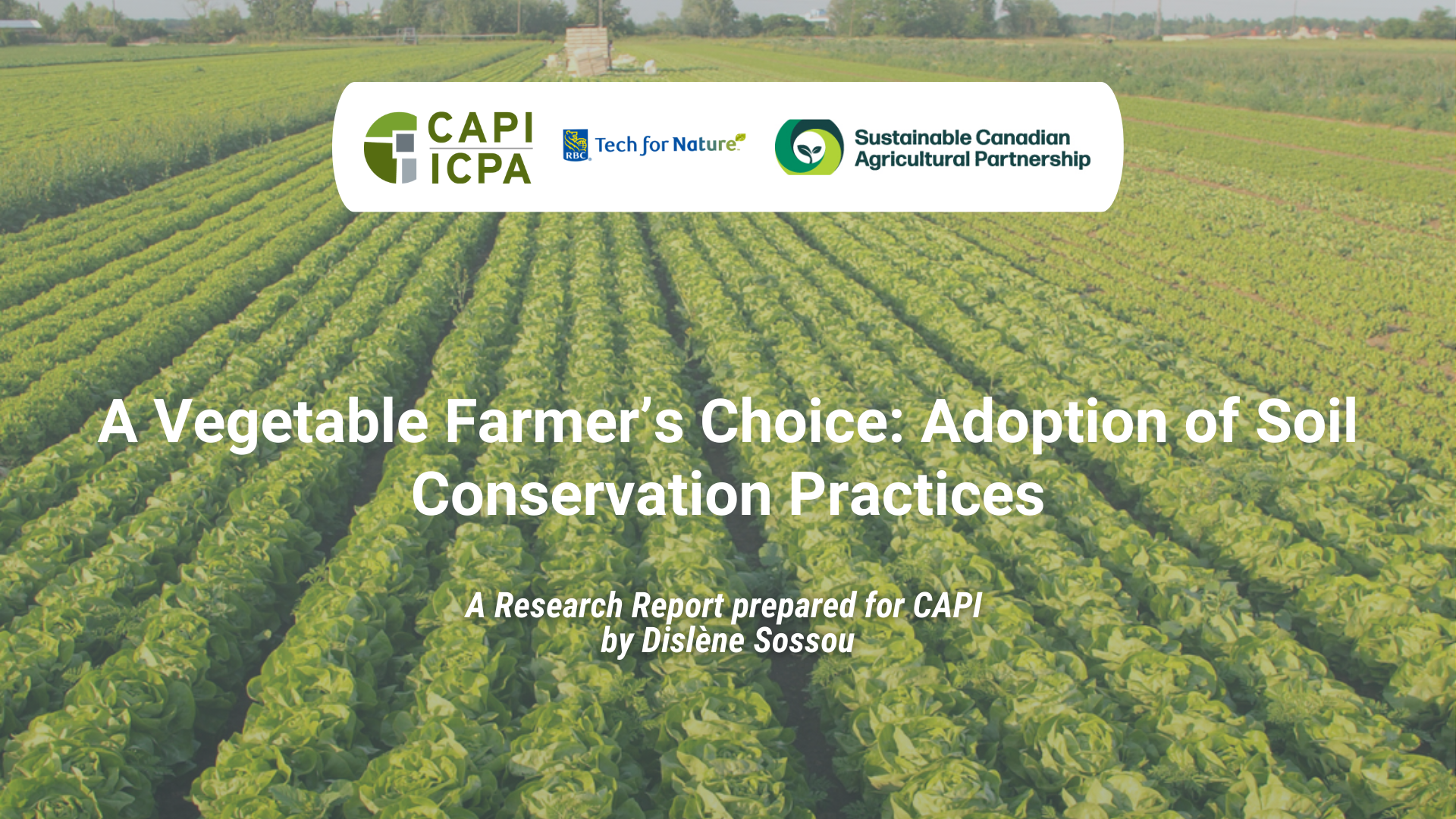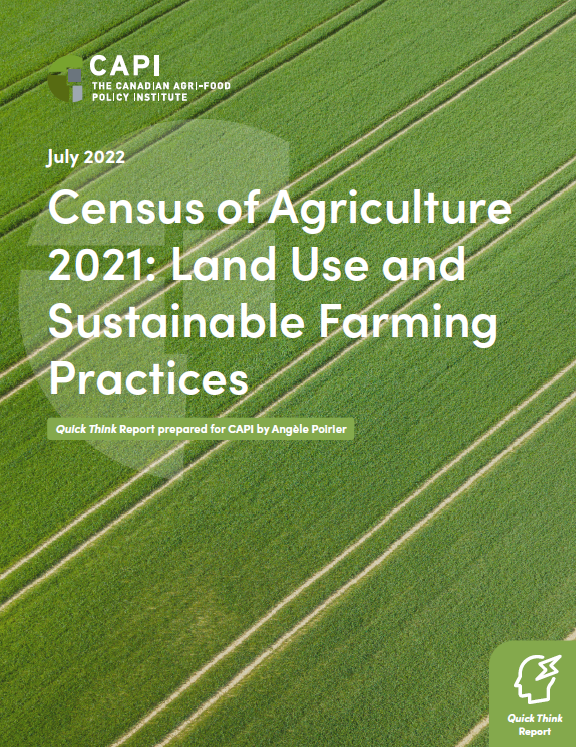
The landscape of Canadian agriculture is evolving rapidly, presenting unique challenges and creating new opportunities. In an era where sustainability, environmental responsibility, and food security are more important than ever, a deep understanding of agricultural land use is essential. Land management and policy are inextricably linked. CAPI’s work on this topic explores how Canada can balance agricultural productivity with ecological conservation and how policy decisions today will shape our agricultural landscape for generations to come.
This project is funded in part by Agriculture and Agri-Food Canada under the Sustainable Canadian Agricultural Partnership’s AgriCompetitiveness Program and is supported in part by the RBC Foundation through RBC Tech for Nature and is part of CAPI’s larger environmental initiative, Spearheading Sustainable Solutions.
Agriculture Web Mapping Application Tool
In addition to research and reports, CAPI has recently released the innovative Agriculture Web Mapping Application Tool. This state-of-art tool uses public datasets to map agricultural land attributes, management practices, and key agri-environmental indicators across Canada.
A user-friendly query-builder allows for the integration of diverse agricultural datasets. This feature enables users to map farmland based on specific criteria, such as the adoption of sustainable management practices or environmental status. But it goes beyond mere mapping. The tool is equipped with advanced analysis capabilities, such as assessing landscape changes, evaluating the risk of natural land cover conversion, and prioritizing the restoration of marginal farmland. Such analyses are crucial for informed decision making in agricultural policy and land use management.
Supported in part by the RBC Foundation through RBC Tech For Nature and part of CAPI’s larger environmental initiative, Spearheading Sustainable Solutions this tool provides a platform for an in-depth exploration of the past, present, and future trajectories of land use in agriculture.
For information and analysis sourced from Agriculture Mapping Tool, please cite as: ‘Agriculture Mapping Tool. (2023). Canadian Agri-Food Policy Institute. https://capi.alces-flow.com/#/data-viewer
Land Use Resources
Agriculture Mapping Tool: User Guide and Documentation
November, 2023
Competing Pressures: Conserving and Leveraging Ag Land in Canada Webinar
January, 2023. Register now!
PLAN Policy Network – Meeting summaries
September 2024 Meeting
October 2024 Meeting
November 2024
January 2025 Meeting
February 2025 Meeting
March 2025 Meeting
Media
Online mapping tool offers land use information
February, 2024
Pressure increases on farmland
June, 2023
Study Shows Canada Farmland Drops
June, 2023
Funders/Partners



















